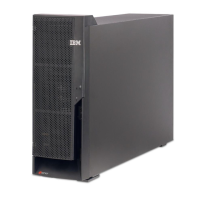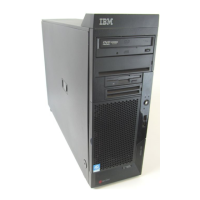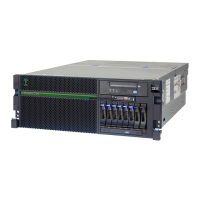5486OpS.fm Draft Document for Review October 18, 2004
522 IBM Eserver i5 and iSeries System Handbook
DB2 UDB Extenders for iSeries
DB2 UDB Extenders provide enablers to link and exchange data in XML and
Text Extender documents with DB2 UDB. They also provide sophisticated text
search capabilities.
DB2 XML Extender allows you to convert your existing relational data into an
XML document and vice-versa. DB2 Text Extender enables high-speed rich
text and multimedia search and manipulation capabilities such as fuzzy
searches and synonym searches.
Advanced query optimization technologies
Query optimization, including the IBM patented encoded vector indexing
technology, enhances the performance of query and SQL processes.
DB2 UDB family compatibility
There is compatibility across the DB2 UDB family with such cross-family
utilities as Data Propagator, DB2 OLAP, QMF™, and more.
Database SQL portability
DB2 UDB for iSeries adds Java to the list of languages in which stored
procedures can be written. Additional languages supported are C, C++,
Cobol, Rexx, Fortran, and PL1.
National language support (NLS)
Data in multiple national languages can reside in the same table. You can
access it across distributed database platforms.
NLS allows customers to interact with DB2 UDB for iSeries and store data in
their preferred language, character set, and sort sequence. You can also
store double-byte graphic characters and compare data in different character
sets.
User-defined types
User-defined types are derived from existing predefined types such as integer
and character. You can create your own data types for strong typing and for
creating functions for different types. You can call a function for each row of a
result set and return a value based on the user-defined data type.
User-defined functions (UDF)
SQL lets you define your own functions to use within SQL itself. This saves
you time by reusing common building blocks that you develop yourself. UDFs
are necessary building blocks to support the database extenders.
Declarative referential integrity
Declarative referential integrity provides SQL database integrity support
intrinsic to the database, eliminating the need to code integrity constraints into
